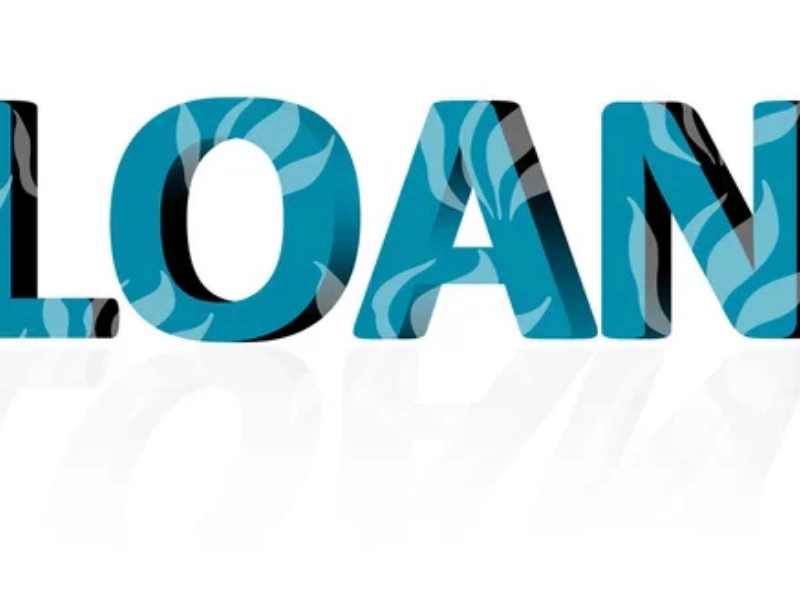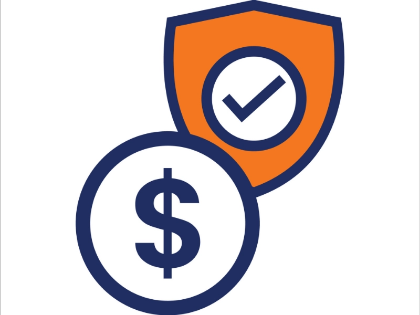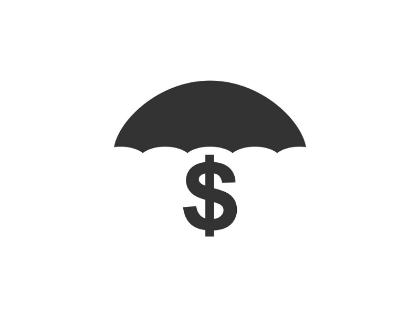Adjustable or fixed? Selecting the Appropriate Mortgage Rate
Selecting the appropriate mortgage rate is contingent upon several things. Locking up a fixed rate can keep monthly payments predictable and manageable during a period of low interest rates. However, prospective mortgage holders ought to carefully consider the benefits and drawbacks of an adjustable-rate mortgage (ARM). Knowing ideas like floors, margins, and indices might be very important to your financial status.
Describe fixed rates.

An Adjustable Rate: What Is It?
 For a limited time, an ARM provides lower interest rates and payments, which can contribute to the affordability of mortgages. The monthly payments after the introductory period expires may change. Financial planning and budgeting may become more challenging as a result. Rate caps, which set a maximum amount that can fluctuate with each adjustment and loan term, are a common feature of adjustable-rate mortgages (ARMs). Gain greater knowledge about margins, caps, and indexes to comprehend how your ARM functions.
Your ARM fee will be determined by an index, such as the Constant Maturity Treasury (CMT) or the Secured Overnight Financing Rate (SOFR), during the first set period. After that, your lender will raise the index by a certain number of percentage points. It's called your margin. At each adjustment, these calculations calculate your new interest rate. Additionally, the ARM may have restrictions that restrict how much your interest rate may rise during the course of the loan and at each adjustment.
For a limited time, an ARM provides lower interest rates and payments, which can contribute to the affordability of mortgages. The monthly payments after the introductory period expires may change. Financial planning and budgeting may become more challenging as a result. Rate caps, which set a maximum amount that can fluctuate with each adjustment and loan term, are a common feature of adjustable-rate mortgages (ARMs). Gain greater knowledge about margins, caps, and indexes to comprehend how your ARM functions.
Your ARM fee will be determined by an index, such as the Constant Maturity Treasury (CMT) or the Secured Overnight Financing Rate (SOFR), during the first set period. After that, your lender will raise the index by a certain number of percentage points. It's called your margin. At each adjustment, these calculations calculate your new interest rate. Additionally, the ARM may have restrictions that restrict how much your interest rate may rise during the course of the loan and at each adjustment.
What distinguishes an adjustable rate from a fixed rate?
 Your interest rate is fixed, meaning it won't change over the course of the loan. Unless you decide to refinance, your monthly principal and interest payments will remain the same for the duration of the loan.
Your interest rate varies according to the state of the market when you have an adjustable rate. By basing their rates on an index, which is a benchmark rate, mortgage lenders are able to profit in this way. Which index your rate is linked to will be specified in your loan documentation.
If you value smaller initial monthly payments and only intend to buy your house for a few years, you might go with an ARM. However, if interest rates increase, you might have to pay more overall, so proceed with caution. A reputable loan officer or licensed financial advisor can help you weigh the advantages and disadvantages of each choice. To ensure you are well-prepared for the important choice, they can also assist you in calculating your lifetime costs.
Your interest rate is fixed, meaning it won't change over the course of the loan. Unless you decide to refinance, your monthly principal and interest payments will remain the same for the duration of the loan.
Your interest rate varies according to the state of the market when you have an adjustable rate. By basing their rates on an index, which is a benchmark rate, mortgage lenders are able to profit in this way. Which index your rate is linked to will be specified in your loan documentation.
If you value smaller initial monthly payments and only intend to buy your house for a few years, you might go with an ARM. However, if interest rates increase, you might have to pay more overall, so proceed with caution. A reputable loan officer or licensed financial advisor can help you weigh the advantages and disadvantages of each choice. To ensure you are well-prepared for the important choice, they can also assist you in calculating your lifetime costs.
Which is better for you?
 Both forms of loans offer benefits and drawbacks, even though fixed-rate loans account for the bulk of mortgages. Your particular financial situation—including your spending plan and aspirations as a homeowner—will determine which loan is best for you. You can get guidance regarding the possibilities from a licensed financial professional or a dependable loan officer.
Because they have the flexibility to adjust after their original period ends and start with lower rates than fixed-rate loans, adjustable-rate mortgages, or ARMs, are a desirable alternative in high-rate markets. But after the initial period passes, debtors should be ready for their payments to increase.
Make sure to compare prices and fees before deciding on a fixed or adjustable rate. Applying to three different lenders can frequently result in noticeably different rates and costs since each lender assigns a different weight to the same elements. For this reason, before applying, it's crucial to examine the rates provided by several lenders. Examining Bankrate's list of the best mortgage lenders is a good place to start.
Both forms of loans offer benefits and drawbacks, even though fixed-rate loans account for the bulk of mortgages. Your particular financial situation—including your spending plan and aspirations as a homeowner—will determine which loan is best for you. You can get guidance regarding the possibilities from a licensed financial professional or a dependable loan officer.
Because they have the flexibility to adjust after their original period ends and start with lower rates than fixed-rate loans, adjustable-rate mortgages, or ARMs, are a desirable alternative in high-rate markets. But after the initial period passes, debtors should be ready for their payments to increase.
Make sure to compare prices and fees before deciding on a fixed or adjustable rate. Applying to three different lenders can frequently result in noticeably different rates and costs since each lender assigns a different weight to the same elements. For this reason, before applying, it's crucial to examine the rates provided by several lenders. Examining Bankrate's list of the best mortgage lenders is a good place to start.








